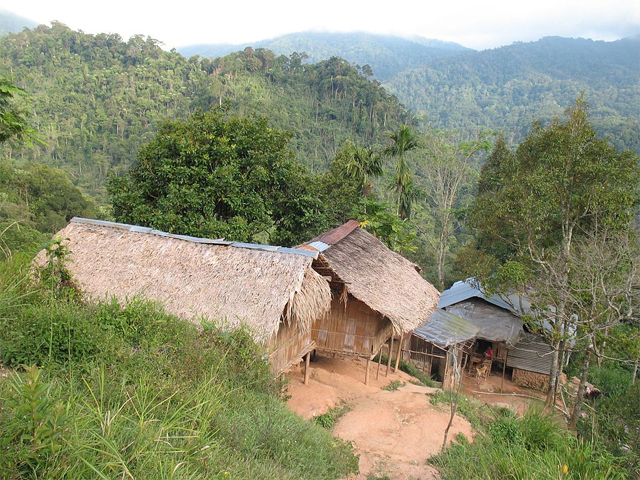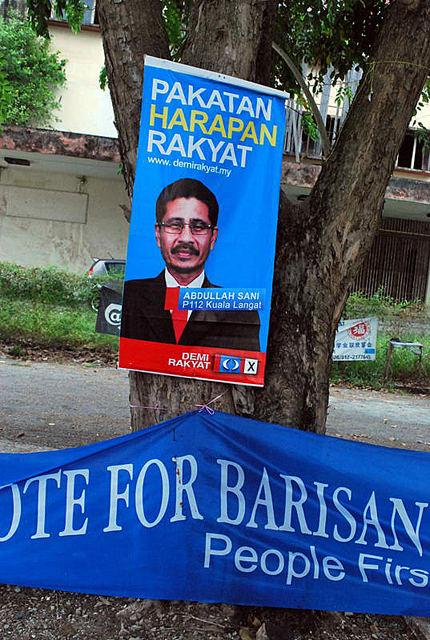A news report two weeks ago indicated that the Semai were expressing strong disgust for the then-ruling party of Malaysia, the Barisan Nasional (BN), going into the national election on May 9. As it turned out, voters in the nation were so concerned about the wide-spread corruption of the BN government, which had been in power for 60 years, that the opposition coalition, the Pakatan Harapan (PH), was swept into power.

The nagging question, however, is how did the Semai and the other indigenous societies in Malaysia, collectively called the Orang Asli, vote? A news analysis published last Thursday indicates that overall the Orang Asli communities appear to have remained among the few places that supported the BN and its corrupt ways, despite the many problems that they face.
The author of the analysis, Scott Edwards, a scholar from the University of Birmingham, indicates that he spent a lot of time in the kampung (villages) of the Orang Asli shadowing politicians and attending public events, trying to fathom how the candidates were interacting with the villagers and subsequently how they voted and why. He does not separate the various Orang Asli societies in his report, but presumably many of his comments relate as much to the Semai as to the others.
He suggests that major concerns among the villages he visited were the lack of development aid forthcoming from the government—insufficient housing, lack of water, the absence of electricity, and so on. He heard concerns about the security of their tenure on their properties—that the discovery of natural resources might cause the government to confiscate their traditional lands. People were also angered about the likelihood that their children would continue to live in the same poor conditions that they have endured.

But the results of the election show that the Orang Asli villages appear to have voted for the BN anyway. The PH opposition made little headway, winning no seats from those communities. The opposition party, now the new government, only slightly closed the majority held by the BN in those villages, he finds. He names several Orang Asli constituencies where the BN retained their majority, though in the Cameron Highlands, which has a lot of Semai residents, the results were closer. In that area, the Orang Asli make up 21.56 percent of the residents, but the BN still won the seat in the legislature, though with a majority of only 597 votes out of 24,859 cast.
Edwards focuses his essay on the obvious question: if the Orang Asli were so unhappy, why did they vote for the BN anyway? One issue that some of the villagers agreed on was the apparent arrogance of PH candidates who campaigned in their communities. They didn’t really seem to care about Orang Asli issues. For instance, one candidate, while visiting a village, kept forgetting, repeatedly, the name of the kampung he was in. Instead of engaging the people in discussions of their issues, he didn’t seem to care and just kept urging the people to vote for him. Promises of things, such as t-shirts and hats, remained just promises. Of course those kinds of failures did not apply to all the PH candidates, but they did to enough of them to make a difference.

Furthermore, the ultimate success of the BN in the Orang Asli communities was due in large part to the grassroots machinery that the party has established in them—much more than the PH has. The BN could mobilize their activists more effectively than the PH could. In addition, the Orang Asli have received some financial rewards from their faithfulness to the party that had been in power, and they appeared to be concerned about the future reward system if they were seen to be meeting with the PH opposition candidates.
Edwards concludes that the PH will need to build up its grassroots campaign structure in the Orang Asli communities before it will be successful with their voters in future elections.